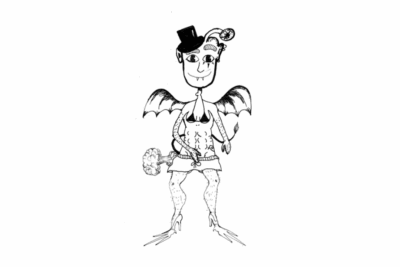Although passive-aggressiveness may or may not have been labeled as the “pacifist plague” by many powerful people, I have chosen to fully embrace this aspect of my Swiss-German Mennonite heritage. Often characterized by an implicit statement within a question/action, passive-aggressiveness can be a useful tool in many situations. Naming all the different styles and levels of passive-aggressivity is not within the scope of this article, but it is important to note that each individual must find their unique p-a style.
My personal favorite is the “passive-corrective.” This is suitable in almost any situation and is meant to show one’s mental prowess – in a humble manner, of course. The key to perfecting this technique lies in mastering the innocent “it’s only a question” look. Once perfected, feel free to dole out mental beat-downs at will; e.g., “oh wait, is it called Westlawn dining hall? I always thought it was the Rott.”Another widely used passive-aggressive style is the “passive-insult.” The passive-insult is the cornerstone for any healthy relationship; it allows you to vent frustration while still protecting the other’s feelings. If you’re smart, the technique for the passive-insult is quite straightforward. One must simply disguise a total diss within a question or by using a statement of fake praise. E.g: “Have you been working out recently?” Implication: “It looks like you’ve stopped working out.”
Finally, passive-aggressive actions can be incredibly rewarding. Telling someone that you like them and would like to go on a date with them can be awkward, especially if they say no. That’s why I opt for the passive-aggressive way of asking girls on dates. Chances are if I break into your room and steal all your stuff, I probably have a huge crush on you.
Passive-aggressiveness often gets a bad rap for no reason. I urge each and every one of you to find your own way of not saying what you really mean. Take it from me, it makes life much easier.
